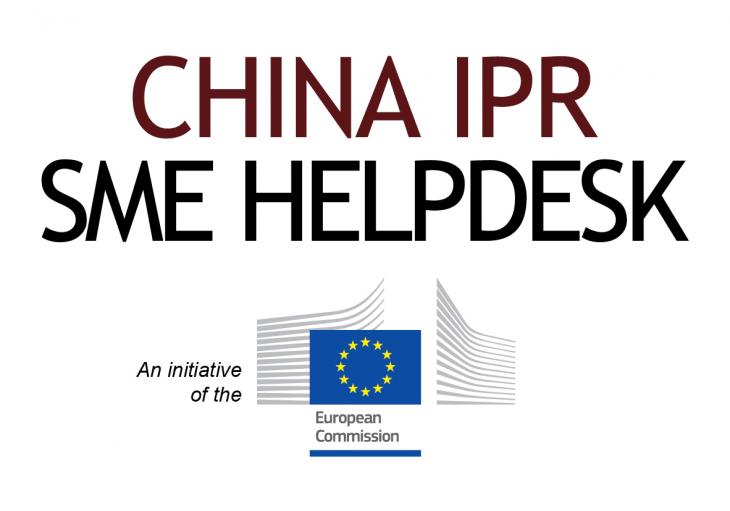Champagne or Sparkling Wine? Geographical indications in China
Champagne, Bordeaux, Parma Ham, Parmesan - each of these products is associated with a certain region and are renowned and trusted for their nature, quality, and authenticity.
As a consumer, you are probably more familiar with Scotch, Cognac, and Bavarian beer than unnamed brands claiming to use the same ingredients.
A geographical indication (GI) is a labelling that identifies a product as originating in a specific territory, region or locality, and where its characteristics are associated with its place of origin.
GIs have been protected by World Trade Organization (WTO) signatories, including all 28 European Union (EU) Member States (MS) and China – since 2001. This is designed to prevent unfair competition and to protect consumers from purchasing goods that misleadingly claim to be from a particular place.
Made in China?
China’s middle class is growing, as has its appetite for imported – predominantly Western – products.
Younger generations spend significantly less time cooking than their parents and are increasingly quality and status conscious. In addition, food safety concerns in recent years have encouraged Chinese shoppers to more carefully consider the origin of the products that they consume.
Purchasing patterns have, therefore, shifted significantly.
Regarding food, large numbers of Chinese people are purchasing brands that are recognised for their quality and food safety standards – stimulating a rise in sales of Western goods. Similarly, while sales of traditional alcoholic drinks, like baijiu, still dominate in many places, individuals in wealthy cities are increasingly opting for higher-end Western wines, beers, and spirits.
China is now the world’s largest importer of food and the European Union is its largest source of food and beverages, with exports of €10.3 billion in 2015.
Therefore, the current social and economic climate in the food and beverage industry provides fertile ground for counterfeiters and infringers.
If you intend to export products from a specific geographic region, obtaining GI registration can provide necessary evidence of your product’s origin, which will increase trust in your brand among domestic consumers.

Source: Eurostat
Covering your back – registering a GI in China
There are four key steps to protecting your GI in China. These are:
- Contacting your GI organisation: This is the organisation that regulates your specific GI, such as the Bordeaux Wine Council. Your GI organisation can be used to check whether a GI for your product is already protected in China. If it is, you can apply for a User Permit for your product.
- Recommending that your GI organisation registers the GI as a certification or a collective mark: This step should be used if your GI is not already registered in China. Under Chinese Trademark Law, GIs can be registered as certification or collective marks. Chinese Trademark Law only protects your GI if it is registered – so it is strongly recommended that this is done as soon as possible to protect your product from imitations. A GI can be a geographic name (e.g. Roquefort blue cheese), a symbol or logo (e.g. a picture of the Leaning Tower of Pisa), the outline of a geographic area (e.g. a map of Paris), or anything else that identifies a product with a source region. However, if your name or sign resembles a national flag or emblem you need to consult the relevant country’s government.
Do not forget to create a Chinese translation of your GI. To find out why, read our blog post on how to choose a Chinese trademark here. Further details on registering GI applications and when to use a certificate or collective mark can be found in our comprehensive GI guide.
- Registering for GI protection at the General Administration of Quality Supervision, Inspection and Quarantine of the People’s Republic of China (AQSIQ): For extra protection regarding product quality standards, your GI organisation can register with the AQSIQ. This double approach will ensure that your product receives maximum GI protection in China.
- Monitoring your supply chain: To be able to enforce your GI rights, you first need to know when your rights have been infringed. Ensure that you are closely monitoring your supply chain to guarantee that your sales staff, distributors, and intermediaries are selling your authentic products. Supply chain infiltration can severely harm your reputation and undermine your business. It is also important to be aware of what is happening in the market. If you discover copycat products infringing your GI, inform your GI organisation as soon as possible.

The China IPR SME Helpdesk supports small and medium sized enterprises (SMEs) from European Union (EU) member states to protect and enforce their Intellectual Property Rights (IPR) in or relating to China, Hong Kong, Macao and Taiwan, through the provision of free information and services. The Helpdesk provides jargon-free, first-line, confidential advice on intellectual property and related issues, along with training events, materials and online resources. Individual SMEs and SME intermediaries can submit their IPR queries via email (question [at] china-iprhelpdesk.eu ( )) and gain access to a panel of experts, in order to receive free and confidential first-line advice within 3 working days.
The China IPR SME Helpdesk is an initiative by the European Union
To learn more about the China IPR SME Helpdesk and any aspect of intellectual property rights in China, please visit our online portal at http://www.ipr-hub.eu/.
